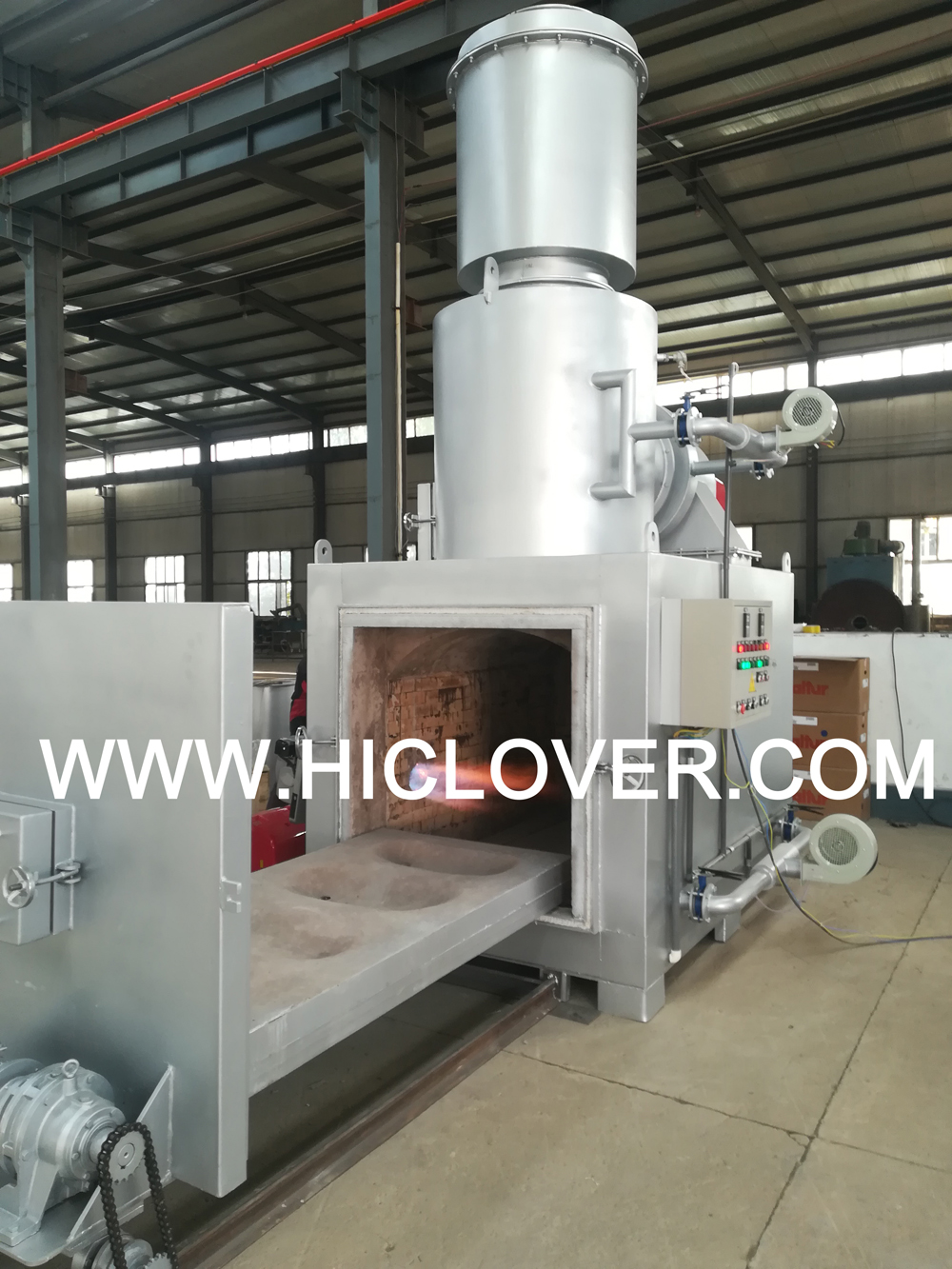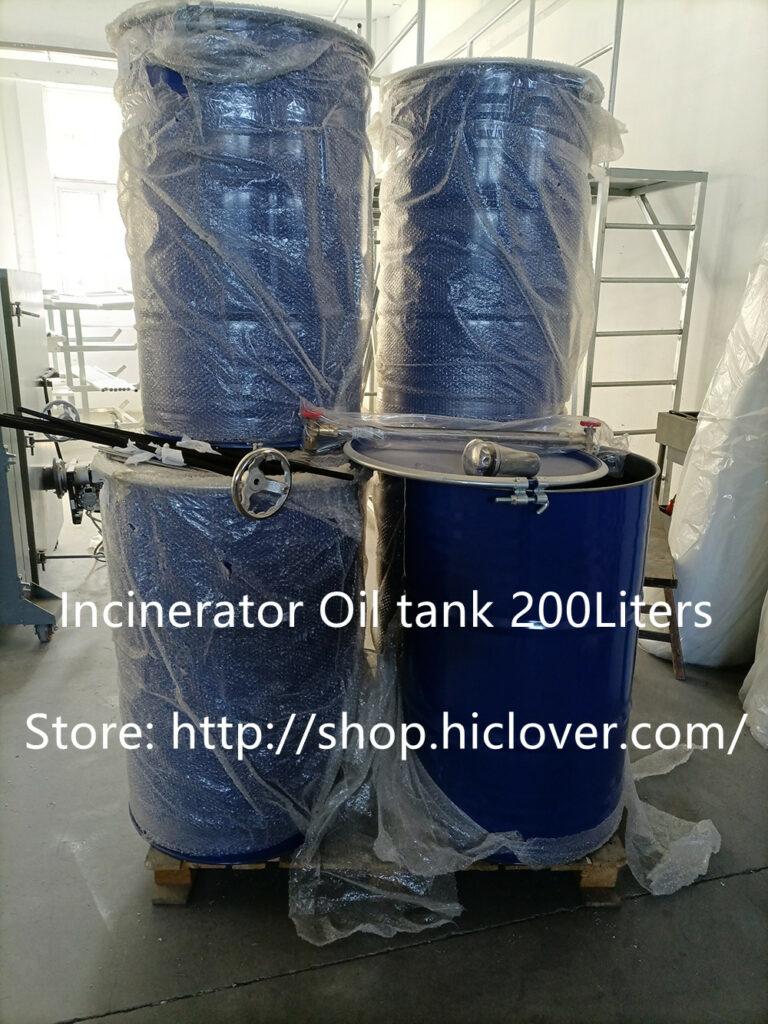Waste incineration, the process of burning waste materials to produce heat or electricity, has been a subject of much discussion and controversy in Australia. While some argue that incineration can be a sustainable and efficient method of waste management, others are concerned about its potential negative impact on the environment and public health. In this article, we will explore the pros and cons of waste incineration in Australia.
Pros of Waste Incineration:
1. Energy Recovery: One of the biggest advantages of waste incineration is the ability to produce energy from waste. By burning waste materials, heat and electricity can be generated and used to power homes and businesses. This can reduce the reliance on non-renewable energy sources and contribute to a more sustainable energy mix.
2. Waste Reduction: Incineration can significantly reduce the volume of waste that ends up in landfills. This can help alleviate the strain on existing landfill sites and reduce the need for new ones, which can be difficult to locate and costly to maintain.
3. Economic Benefits: Waste incineration facilities can create jobs and stimulate the local economy. By converting waste into energy, these facilities can provide a reliable source of power and contribute to the overall energy infrastructure in the region.
Cons of Waste Incineration:
1. Environmental Impact: One of the major concerns surrounding waste incineration is its potential impact on the environment. The burning of waste materials can release pollutants and greenhouse gases into the atmosphere, contributing to air pollution and climate change. Additionally, the ash and other by-products of incineration can contain toxic substances that may leach into the soil and water.
2. Public Health Concerns: There is also a concern about the potential health risks associated with waste incineration. The emission of pollutants such as dioxins and heavy metals can have adverse effects on human health, particularly for those living in close proximity to incineration facilities. This can lead to respiratory issues, cancer, and other health problems.
3. Waste Hierarchy: Some argue that waste incineration goes against the waste management hierarchy, which prioritizes waste reduction, reuse, and recycling over disposal methods such as incineration and landfill. Critics argue that incineration can discourage efforts to reduce waste and promote more sustainable practices.
In conclusion, waste incineration in Australia has both pros and cons that need to be carefully considered. While incineration can help generate energy and reduce the volume of waste going to landfills, it also presents environmental and public health concerns. As the country continues to grapple with waste management and sustainability, it is important to weigh the benefits and drawbacks of waste incineration and explore alternative solutions that prioritize waste reduction and environmental protection. With proper regulation and technology, waste incineration could potentially play a role in Australia’s waste management strategy, but it is essential to address the potential negative impacts and ensure that proper safeguards are in place.



